Introduction
Training like an athlete is about more than just hitting the gym a few times a week. It requires a well-rounded workout routine that addresses all aspects of physical fitness, from strength and endurance to flexibility and recovery. Whether you’re an aspiring athlete or a seasoned pro, understanding how to structure your workouts can significantly impact your performance. This guide will walk you through the key elements of an effective athlete workout, helping you build a routine that maximizes your potential.
Understanding Athlete workout and Training
What Makes Athlete Training Different?
Athletic workout training is distinct from general fitness in that it focuses on optimizing performance for specific sports or physical activities. While general fitness might prioritize overall health and well-being, athletic training zeroes in on the skills and physical attributes needed for competitive sports. This means training programs are often more intense, targeted, and varied to meet the unique demands of an athlete’s sport.
Key Components of an Athlete Workout
To train like an athlete, you need to incorporate a variety of workout components into your routine. These include:
- Strength Training: Building muscle power and resilience.
- Endurance Training: Enhancing cardiovascular and muscular stamina.
- Flexibility and Mobility: Improving range of motion and reducing injury risk.
- Recovery: Ensuring your body has time to repair and grow stronger.
Building a Strong Foundation
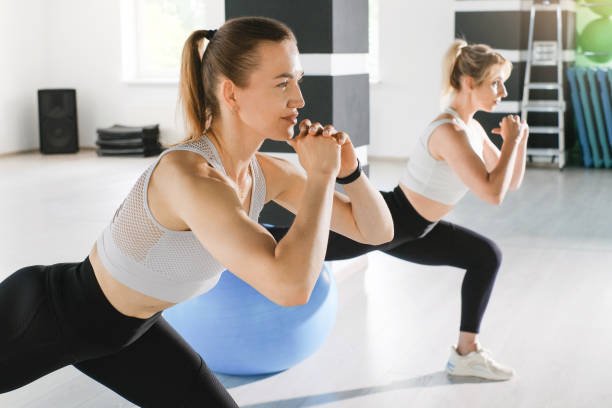
Strength Training
Strength is the bedrock of athletic performance, influencing everything from speed to endurance. Effective strength training focuses on compound movements that engage multiple muscle groups, such as squats, deadlifts, and bench presses. These exercises not only build muscle but also improve overall body coordination and stability, which are crucial for sports performance.
- Squats: Target the lower body, enhancing power and stability.
- Deadlifts: Engage the entire posterior chain, building overall strength.
- Bench Press: Focuses on upper body strength, crucial for sports requiring pushing movements.
Cardiovascular Training
Cardio is essential for improving your heart and lung capacity, which directly impacts endurance. For athletes, incorporating both high-intensity interval training (HIIT) and steady-state cardio can yield the best results. HIIT workouts, which involve short bursts of intense exercise followed by rest, boost your anaerobic capacity and speed, while steady-state cardio helps build endurance for longer competitions.
- HIIT: Improves speed, agility, and anaerobic fitness.
- Steady-State Cardio: Enhances endurance and aerobic capacity.
Developing Sport-Specific Skills
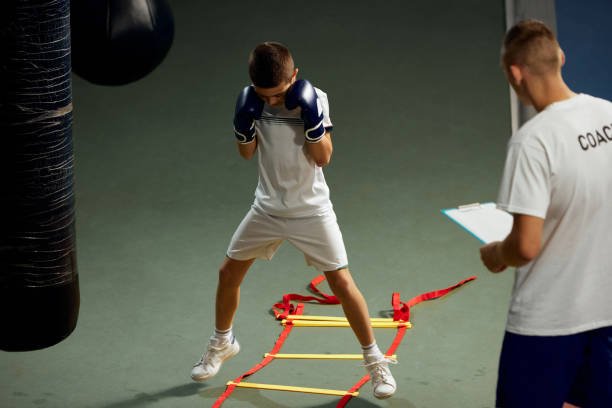
Agility and Speed Training
Speed and agility are crucial in many sports, from soccer to basketball. Training drills like ladder drills, cone drills, and shuttle runs help improve quickness, coordination, and the ability to change direction rapidly.
- Ladder Drills: Enhance foot speed and coordination.
- Cone Drills: Improve directional change and agility.
- Shuttle Runs: Boost speed and endurance.
Plyometrics and Power Training
Power is the ability to exert maximum force in the shortest amount of time. Plyometric exercises, such as box jumps and explosive push-ups, are designed to enhance this explosive power, which is vital for sports that require quick, powerful movements.
- Box Jumps: Develop lower body explosiveness.
- Explosive Push-Ups: Build upper-body power and speed.
Sport-Specific Drills
Tailoring your workouts to your sport is key to improving performance. For example, a soccer player might focus on sprints and footwork drills, while a basketball player might prioritize jumping exercises and shooting drills. Understanding the demands of your sport allows you to focus your training on the most critical skills.
Enhancing Flexibility and Mobility
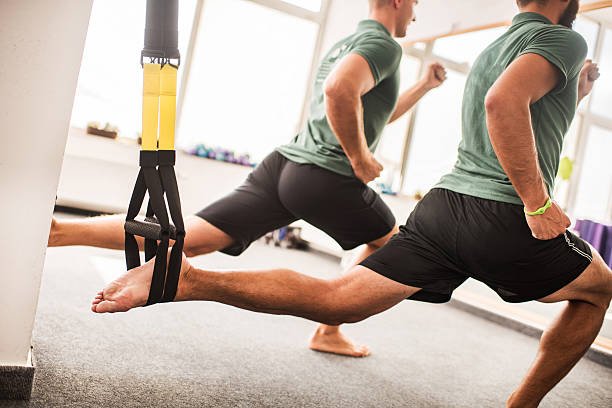
Importance of Flexibility in Athletic Performance
Flexibility isn’t just about being able to touch your toes; it’s about having the range of motion necessary to perform athletic movements safely and effectively. Good flexibility reduces the risk of injuries and improves overall performance by allowing athletes to move more efficiently.
Stretching Routines for Athletes
Incorporating both dynamic stretching (before workouts) and static stretching (after workouts) can help maintain and improve flexibility. Dynamic stretches, like leg swings and arm circles, prepare your muscles for action, while static stretches, like hamstring stretches and quad stretches, help cool down your muscles and prevent stiffness.
- Dynamic Stretching: Prepares the body for activity.
- Static Stretching: Aids in muscle recovery and flexibility.
Mobility Drills
Mobility drills focus on enhancing the range of motion in your joints, which is crucial for maintaining good form during complex movements. Exercises like hip openers and thoracic rotations improve joint health and can help prevent overuse injuries.
- Hip Openers: Increase hip flexibility and mobility.
- Thoracic Rotations: Improve spine and shoulder mobility.
Incorporating Recovery into Your Routine

Why Recovery is Crucial for Athletes
Recovery is often overlooked but is essential for allowing muscles to repair, grow, and adapt to training. Without adequate recovery, athletes are at risk of overtraining, which can lead to burnout, injuries, and a decline in performance.
Effective Recovery Techniques
Incorporating recovery techniques like stretching, foam rolling, and active recovery days (light activity that helps increase blood flow without stressing the muscles) into your routine can enhance muscle recovery and reduce soreness.
- Foam Rolling: Helps release muscle tension and improve blood flow.
- Active Recovery: Light activities that promote circulation and recovery without intense effort.
Sleep and Nutrition for Recovery
Sleep is when the body undergoes most of its recovery and repair processes. Athletes should aim for 7-9 hours of quality sleep each night. Nutrition also plays a vital role; consuming a balanced diet rich in proteins, carbohydrates, and fats supports muscle repair and energy replenishment.
- Sleep is essential for muscle recovery and performance.
- A balanced diet fuels the body and aids in muscle repair.
Creating a Balanced Workout Plan
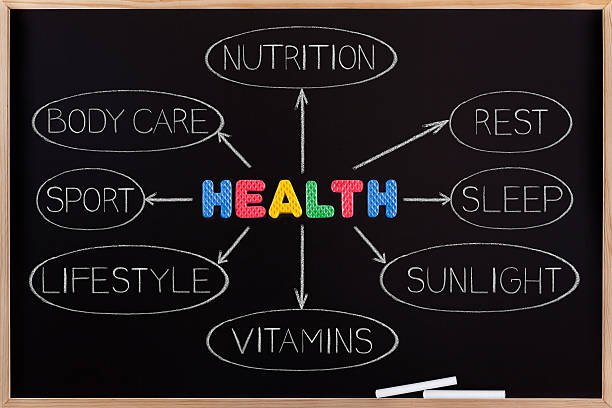
Periodization and Workout Planning
Periodization involves structuring your training into phases, each with specific goals, such as building strength, increasing endurance, or peaking for competition. This approach helps prevent overtraining and ensures that you’re progressing consistently towards your athletic goals.
- Macrocycle: The overall training plan, typically over a year.
- Mesocycle: Specific blocks within the macrocycle, focusing on particular aspects like strength or endurance.
- Microcycle: Weekly or bi-weekly training plans within each mesocycle.
Balancing Strength, Endurance, and Skill Work
A well-rounded athlete’s workout plan balances strength, endurance, and sport-specific skills. This balance ensures you’re developing all the necessary attributes without neglecting any aspect of your performance.
- Strength and Conditioning: Building the foundation.
- Endurance Training: Enhancing stamina and recovery.
- Skill Development: Fine-tuning sport-specific abilities.
Adapting Your Plan for Off-Season and In-Season Training
Your workout plan should adapt to the demands of your competition schedule. In the off-season, the focus might be on building strength and addressing weaknesses, while in-season training might prioritize maintaining fitness and preventing injury.
- Off-Season: Focus on strength building and addressing weaknesses.
- In-Season: Maintain fitness and optimize performance.
Mental Preparation and Focus
Importance of Mental Training for Athletes
Mental toughness is as important as physical strength in sports. Techniques like visualization, mindfulness, and goal-setting can enhance focus, reduce anxiety, and improve overall performance.
- Visualization: Mentally rehearsing your sport can improve performance.
- Mindfulness: Staying present and focused during training and competition.
Visualization and Goal-Setting
Setting specific, measurable, achievable, relevant, and time-bound (SMART) goals helps keep you motivated and focused. Visualization involves mentally practicing your sport, which can enhance muscle memory and improve confidence.
- SMART Goals: Guide your training with clear objectives.
- Mental Rehearsal: Prepare mentally for competition.
Common Challenges and How to Overcome Them
Dealing with Plateaus
Performance plateaus are common but can be overcome by varying your workout routine, adjusting intensity, or incorporating new exercises. Keeping track of your progress can help identify when a plateau is occurring and what changes might be needed.
- Varying Routine: This keeps the body challenged and prevents adaptation.
- Adjusting Intensity: Can help break through plateaus.
Injury Prevention and Management
Injuries can derail your training plan, so it’s crucial to take preventive measures. This includes proper warm-ups, maintaining flexibility, and listening to your body. If injuries do occur, proper management, including rest and rehabilitation, is essential for recovery.
- Proper Warm-Up: Prepares muscles and joints for activity.
- Rehabilitation is essential for recovering from injury without setbacks.
Maintaining Motivation and Consistency
Staying motivated over the long term can be challenging, especially during tough training periods. Setting short-term goals, tracking progress, and varying workouts can help keep your routine engaging and prevent burnout.
- Short-Term Goals: Keep you focused and motivated.
- Workout Variety: Prevents boredom and maintains interest.
Conclusion
Training like an athlete involves a comprehensive approach that includes strength, endurance, skill development, and mental preparation. By incorporating these elements into your workout routine, you can optimize your performance and achieve your athletic goals. Remember, consistency and dedication are key. Start building your athlete workout plan today and take your training to the next level.
FAQs
1. How often should an athlete train to see improvements?
Athletes should aim for a balanced routine that includes training 4-6 times a week with appropriate rest days to allow for recovery.
2. What’s the best way to combine strength and cardio in an athlete workout?
Combining strength and cardio can be done through circuit training, where strength exercises are interspersed with short bursts of cardio. Alternatively, dedicate separate days to each to ensure both aspects are fully addressed.
3. How important is nutrition in an athlete’s workout program?
Nutrition is crucial, as it provides the fuel and nutrients needed for energy, recovery, and muscle building. A balanced diet tailored to the athlete’s specific needs is essential for optimal performance.
4. Can athletes benefit from cross-training?
Yes, cross-training helps in improving overall fitness, reducing the risk of injury, and keeping workouts interesting. It also helps in developing different muscle groups that may not be targeted in the athlete’s primary sport.
5. How can athletes safely increase the intensity of athlete workouts?
Athletes can safely increase intensity by gradually increasing the weight, reps, or duration of exercises, ensuring proper form is maintained, and allowing adequate recovery between sessions.



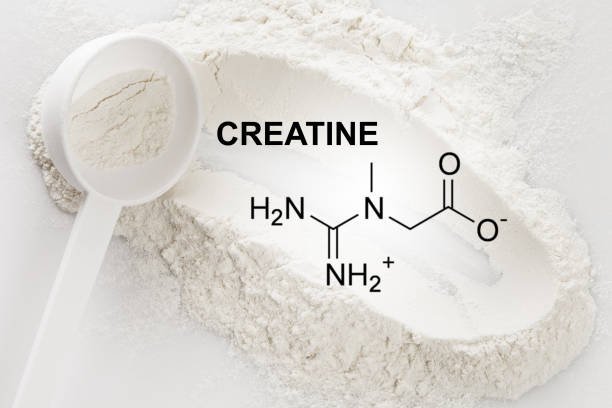
Techarp This was beautiful Admin. Thank you for your reflections.